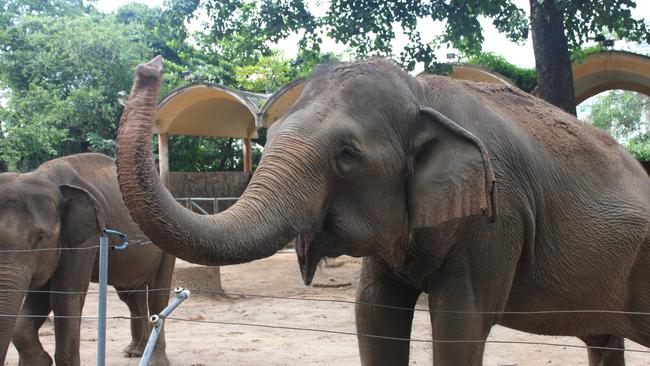Earth’s wildlife population faces massive decline
RESEARCH has found Earth’s wildlife population has declined by 52 per cent over the past 40 years. It’s only going to get worse from here.

RESEARCH has found Earth’s wildlife population has declined by 52 per cent over the past 40 years.
The Living Planet Report, released every two years by the World Wildlife Foundation (WWF) and the Zoological Society of London, provides a snapshot of Earth’s wildlife populations — and the most recent results look bleak.
Measuring more than 10,000 populations of 5,000 species of mammals, reptiles, amphibians and fish, the research found that in two human generations the Living Planet Index (LPI), a representative number of the Earth’s wildlife populations, had declined by 52 per cent since 1970.
As to the reasons why there has been such a steep decline, the top reasons were exploitation at 37 per cent and habitat degradation/change at 31.4 per cent, with habitat loss and climate change at 13.4 per cent and 7.1 per cent respectively.
A second index within the report showed that humans were using Earth’s resources quicker than the planet can restock them, contributing to the above reasons for extensive wildlife loss.
Not all is lost, however, as intensive conservation efforts have led to recovering populations such as those of Tigers in Nepal and Otters in England, both of which were near extinction.
Still, David Nussbaum, chief executive of WWF-UK, believes these statistics should be a “wake-up call”, saying “we all — politicians, businesses and people — have an interest, and a responsibility, to act to ensure we protect what we all value: a healthy future for both people and nature.”
This is an edited version of an article which originally appeared on Ask Men.



